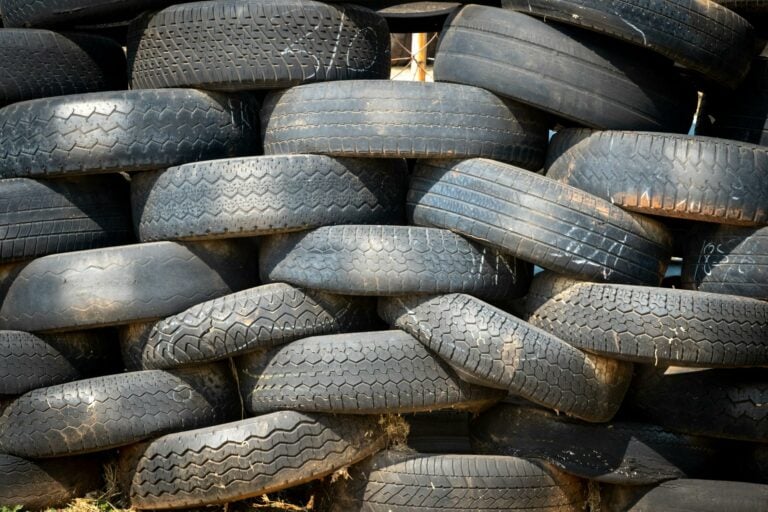Tell Your Members of Congress to Protect Waterways From the Dangerous 6PPD Chemical!
By: Thomas Hynes

A pervasive and harmful chemical called 6PPD is used as a stabilizing additive in rubbers and used in almost all vehicle tires. Over time, this durability is weakened and transfers particles onto roadways. Stormwater then washes those particles into nearby waterways. When the 6PPD chemical is exposed to air it transforms into 6PPD-quinone, which has had detrimental impacts on fish populations. Due to the ubiquitous nature of tires, every community is impacted by the use of dangerous chemicals that we are only starting to understand.
Will you join us in urging Congress to address this dangerous chemical?
Researchers only discovered the destructive reaction of 6PPD mixing with oxygen a few years ago. Unfortunately, 6PPD has been used for tire manufacturing since the 1960s, which means the damage to ecosystems has been occurring for decades.
The main way 6PPD finds its way to water bodies is by way of tires driving on roads. However, it is by no means the only way. Disposal sites, like tire dump yards, also pose a risk.
6PPD has shown to be harmful to rainbow trout, coho salmon, and chinook salmon. It can be lethal within only a few hours. Scientists believe that far more species are impacted by 6PPD-quinone. It is believed to be the second-most toxic chemical for aquatic species ever evaluated.
But there is hope.
The damage done by 6PPD stops once it is removed from the ecosystem and properly mitigated. So any and all effort in combating this toxic tire chemical is well worth the effort.
Furthermore, there are achievable solutions to this problem. Stormwater control methods can lessen the impacts of 6PPD, although current infrastructure is woefully inadequate. Congress can – and should! – direct the military to research chemical alternatives and thereby provide an urgently needed pathway forward for phasing out this toxic pollutant.
This problem while, very real and very dangerous, is by no means insurmountable. But, first, we need Congress to act.